Aortic Stenosis Aortic Stenosis Etiology Physical Examination Assessing

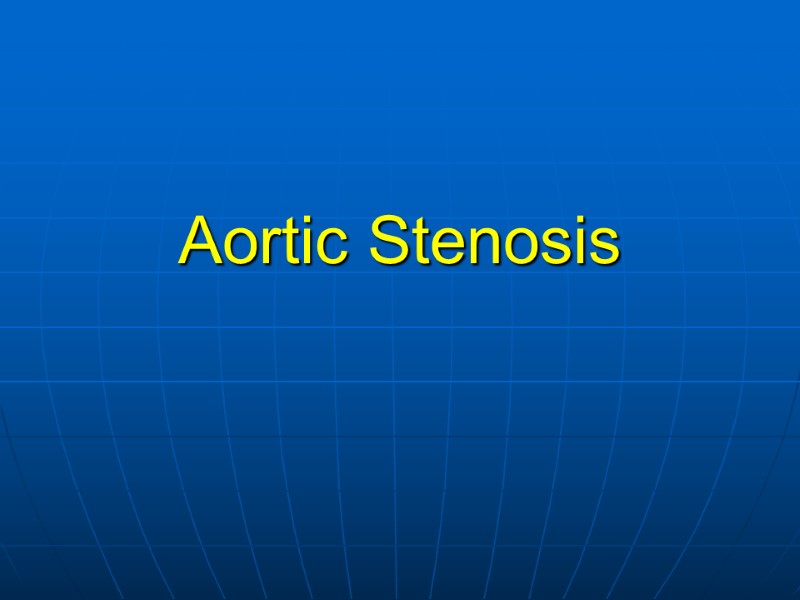
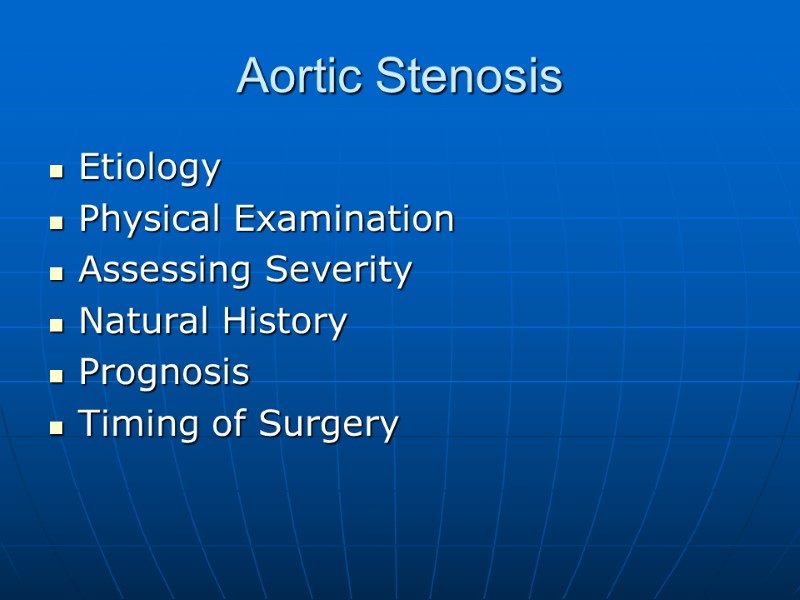
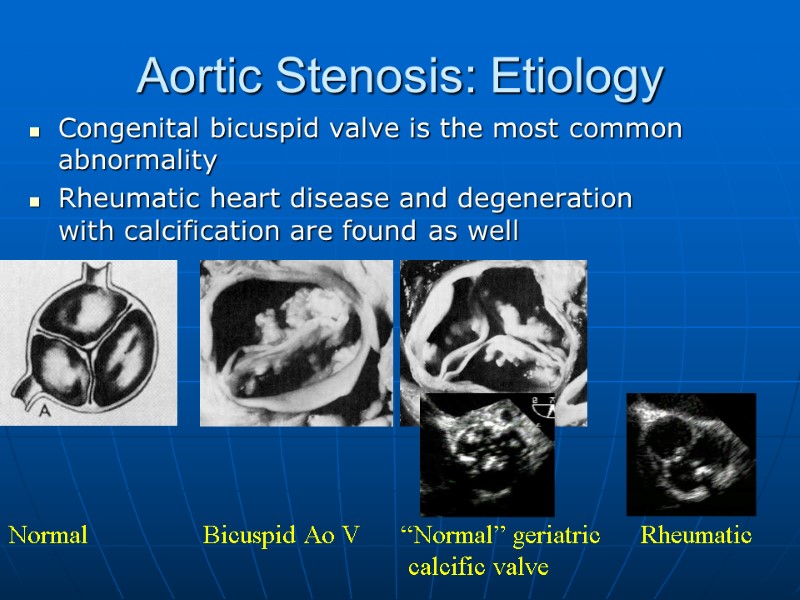
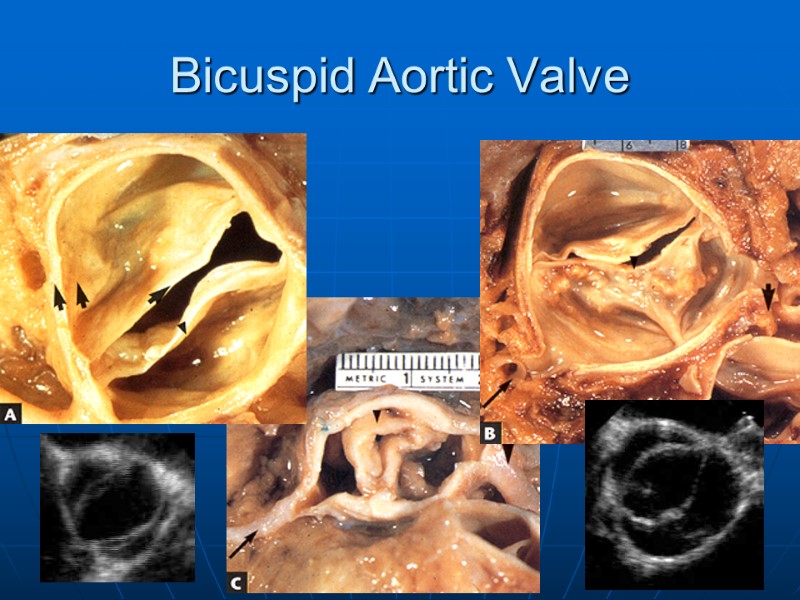
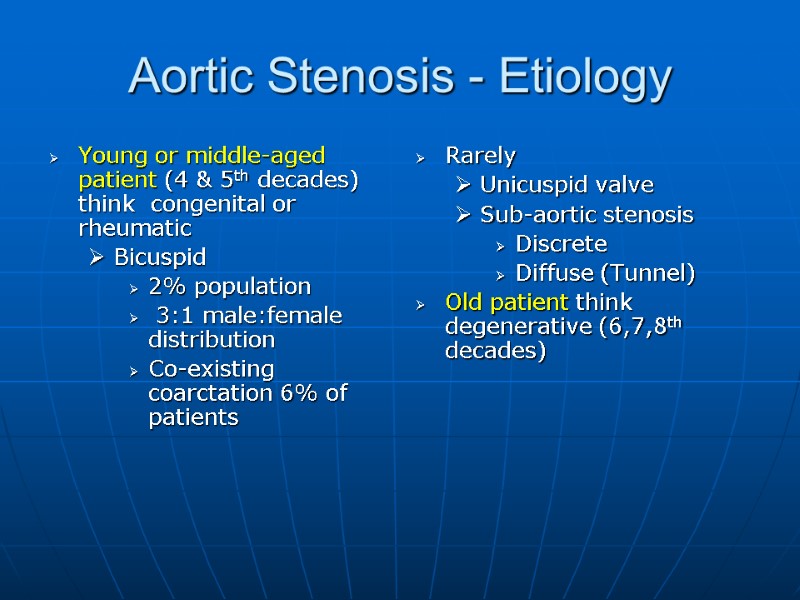
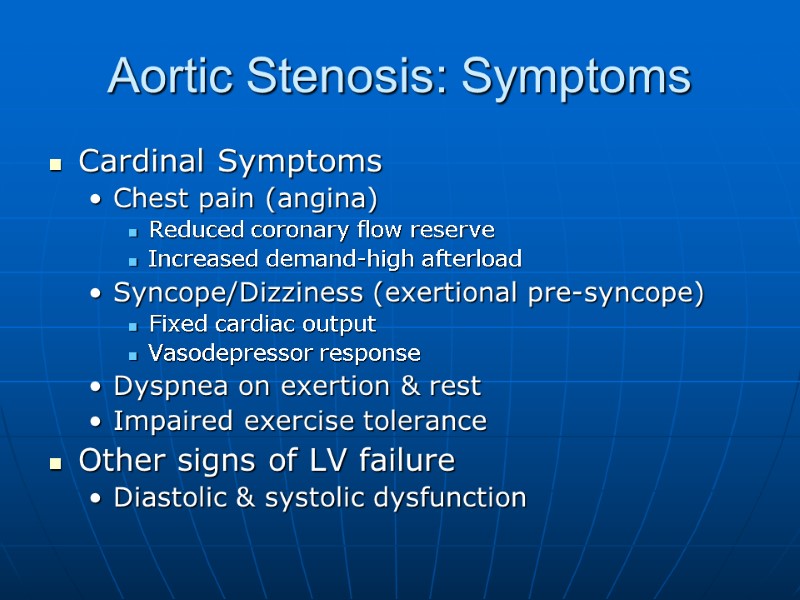

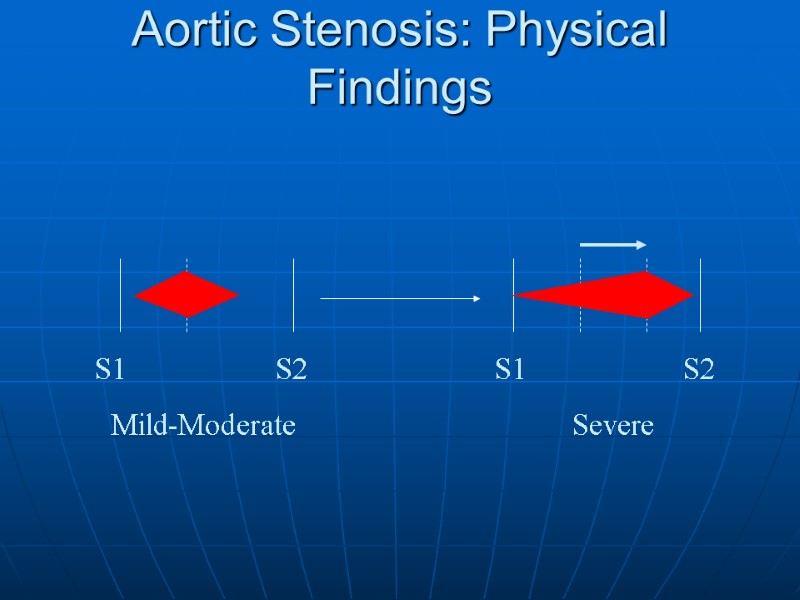
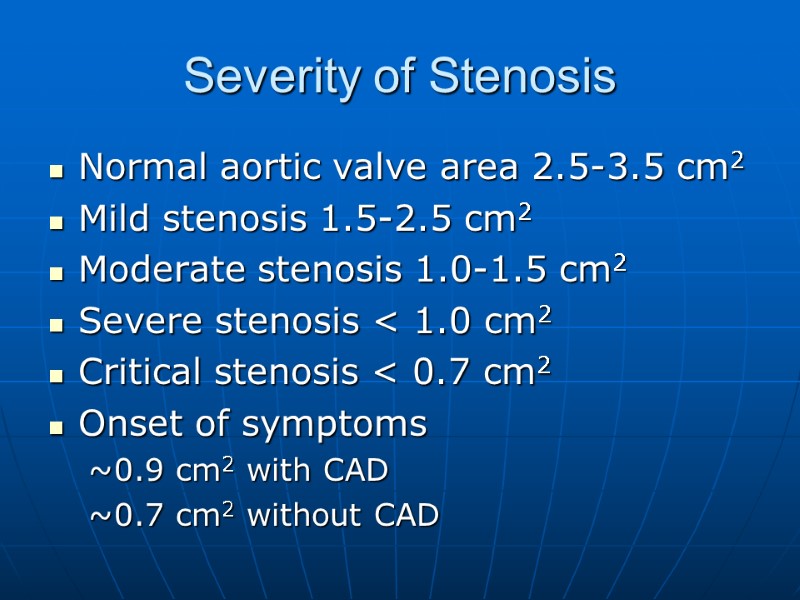
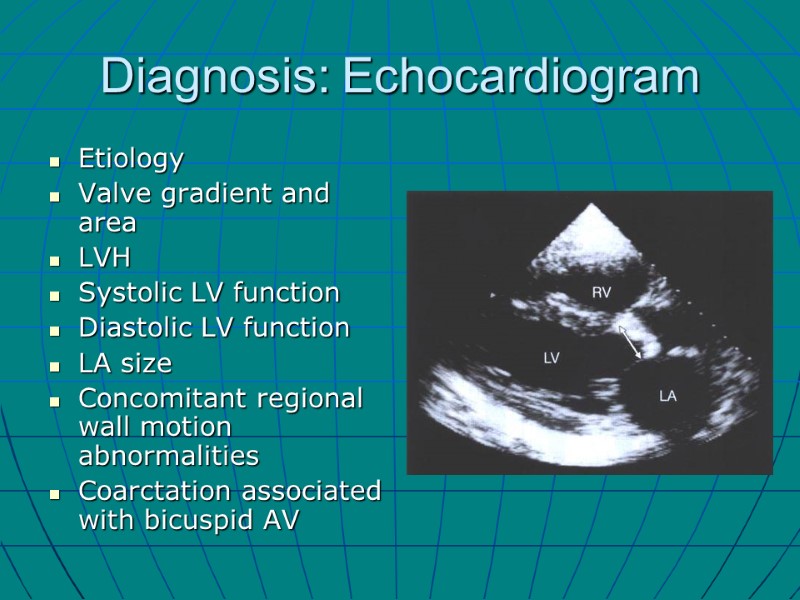
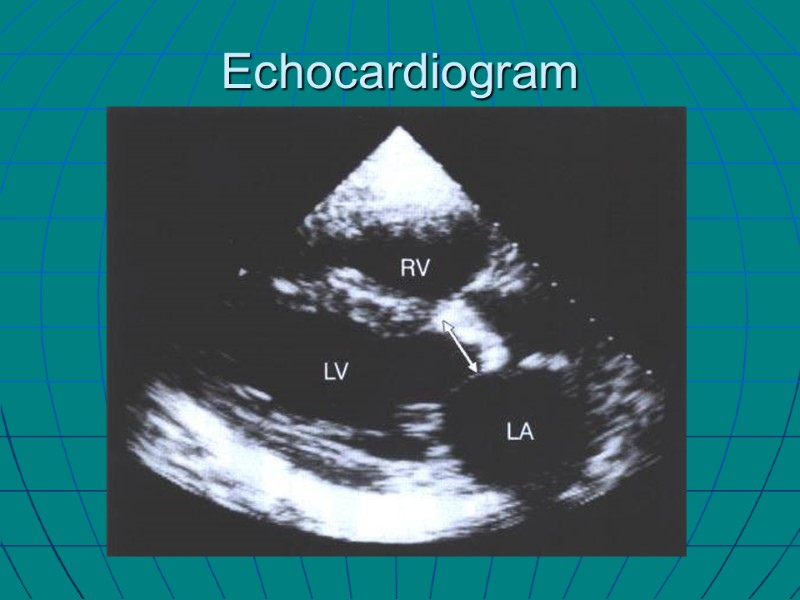
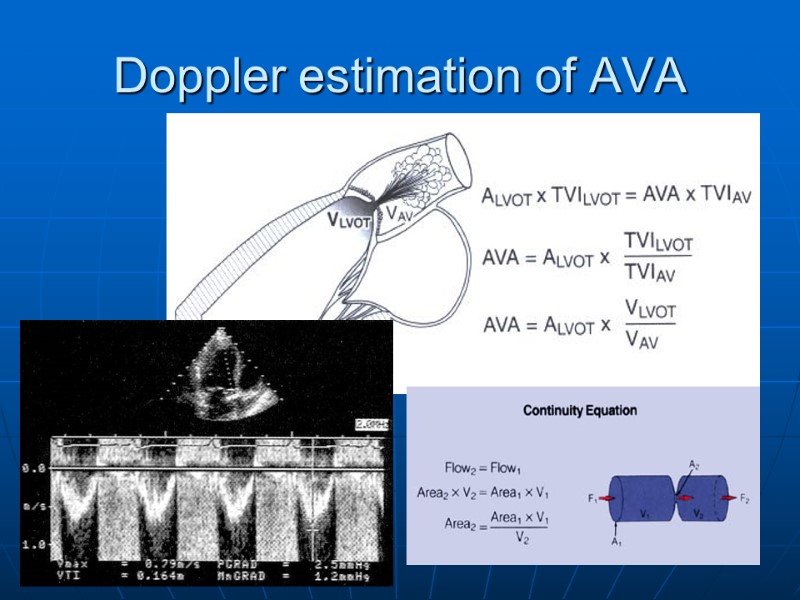
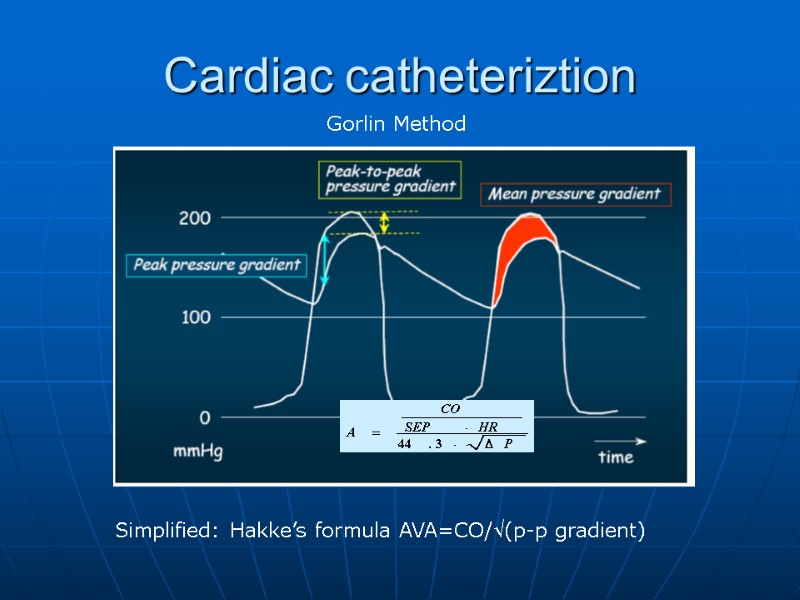
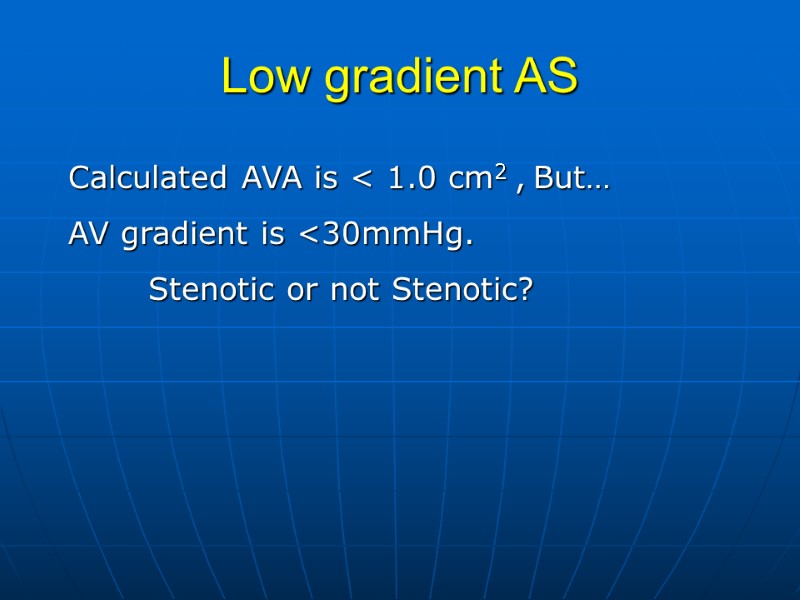
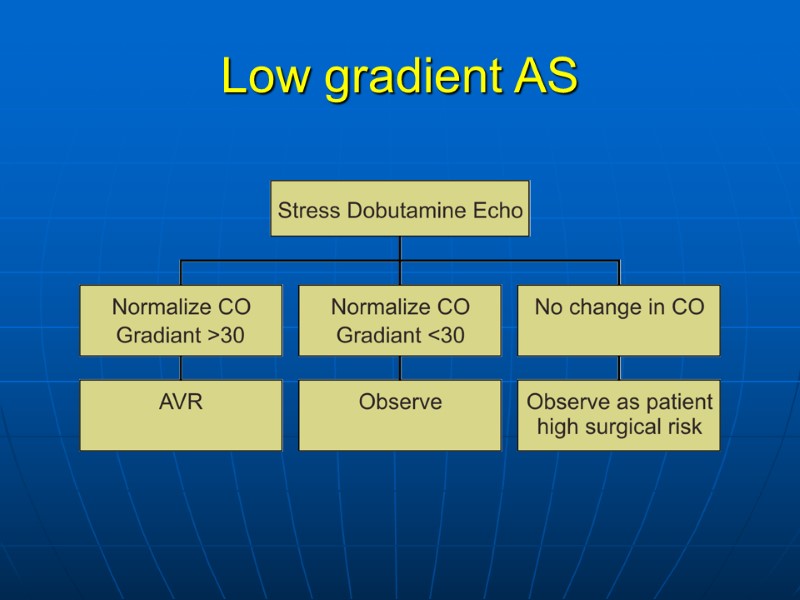
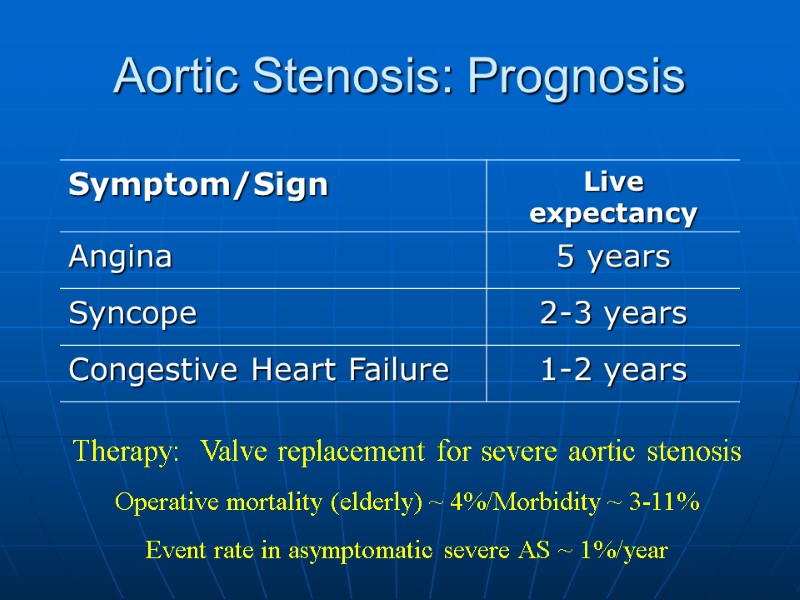
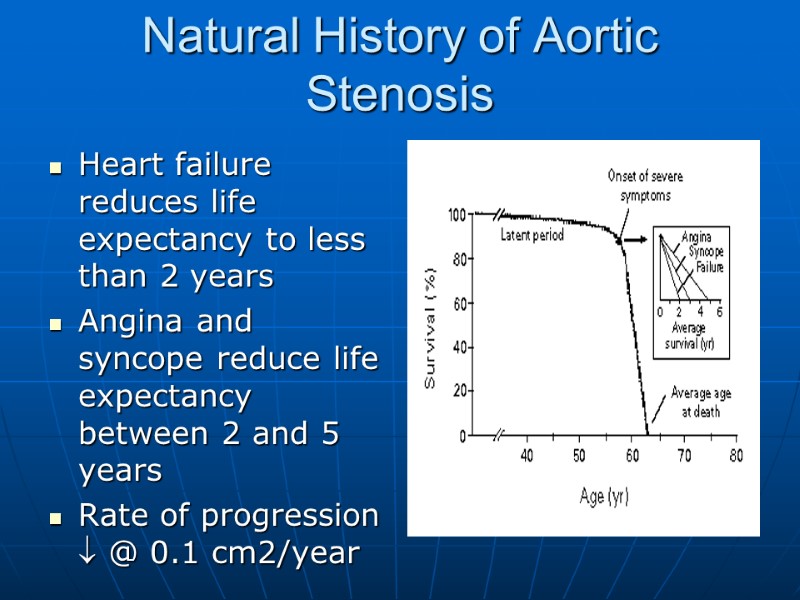
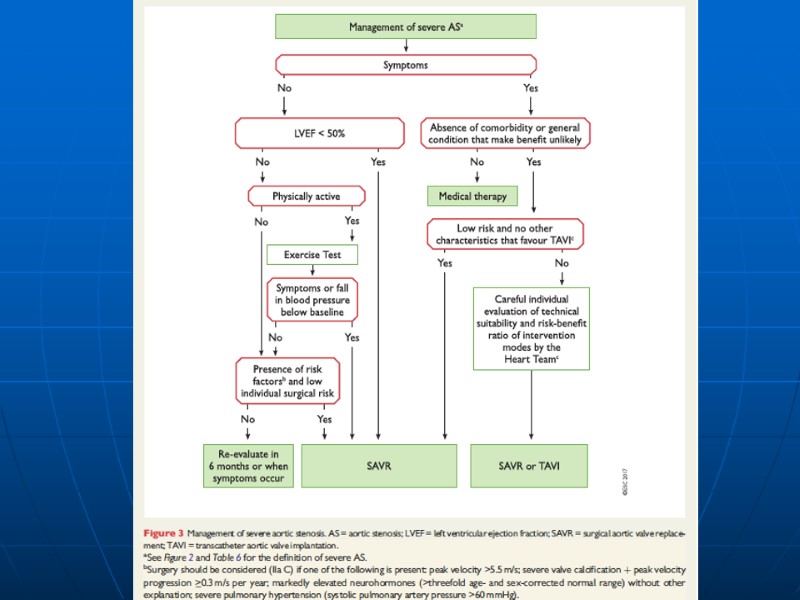

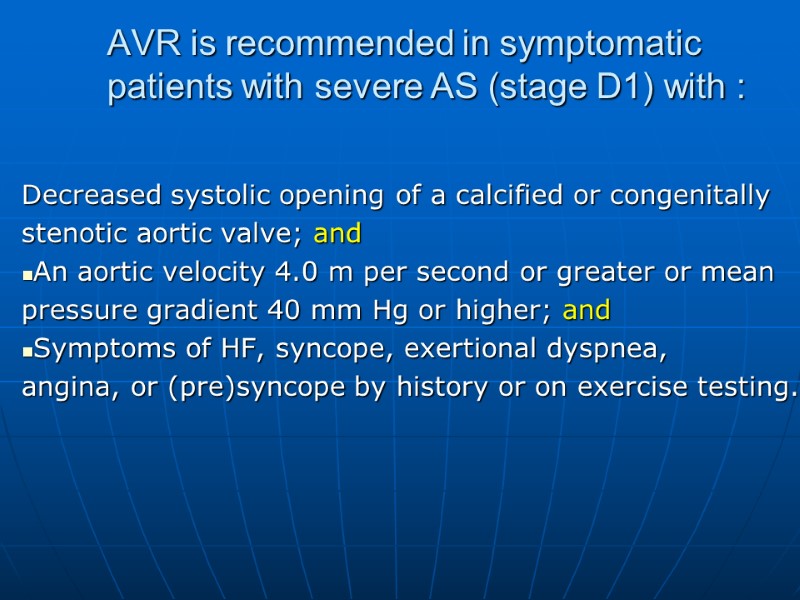
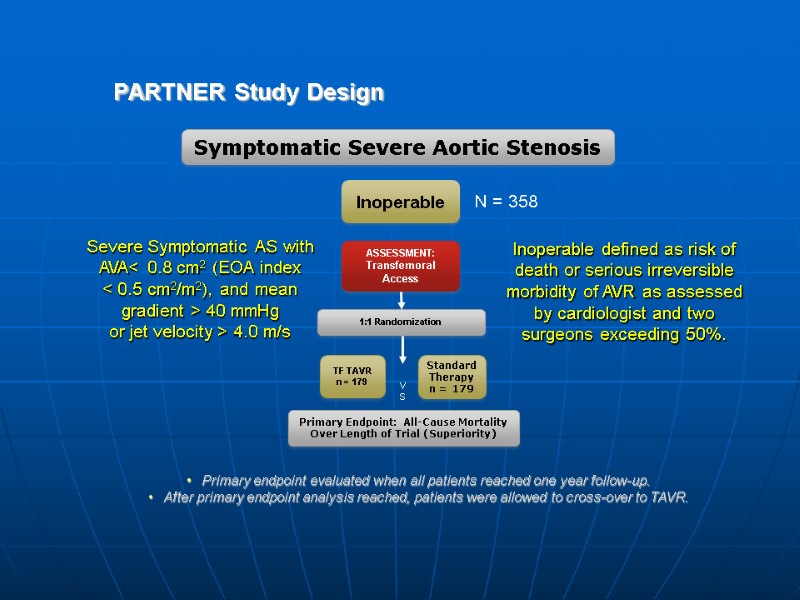
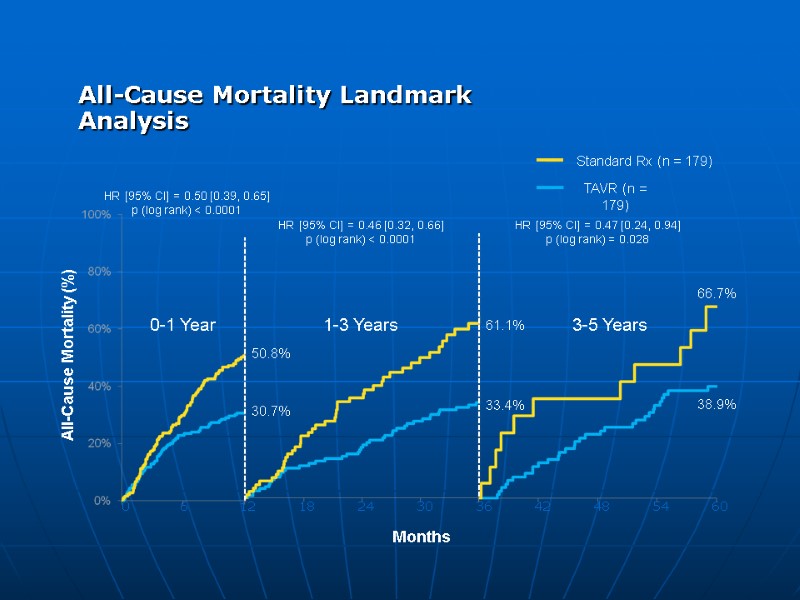
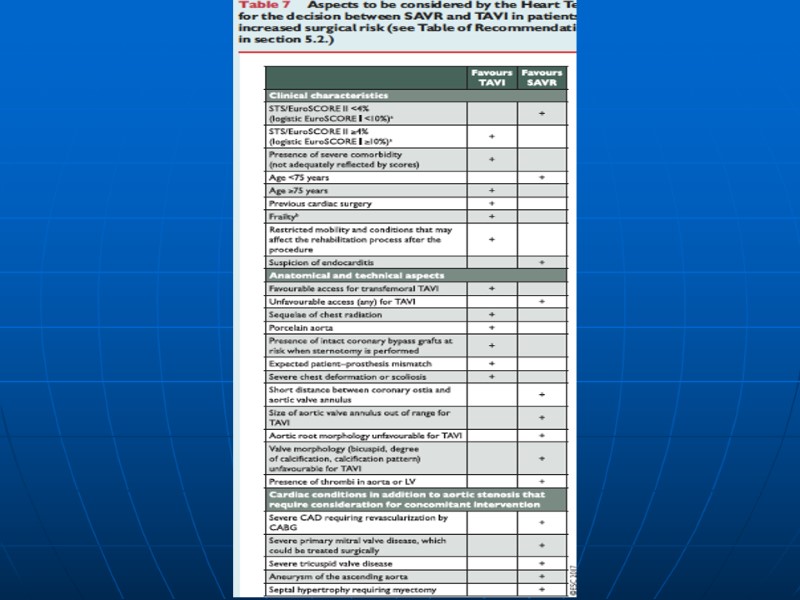
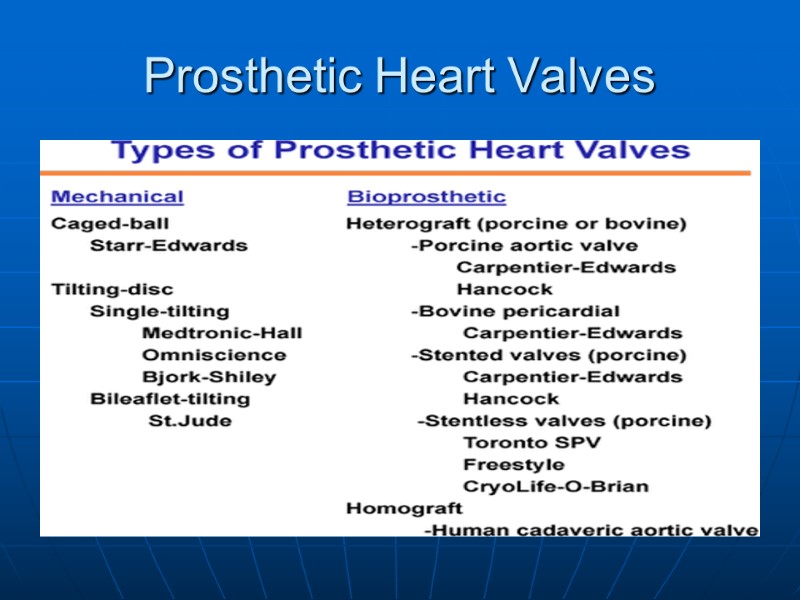
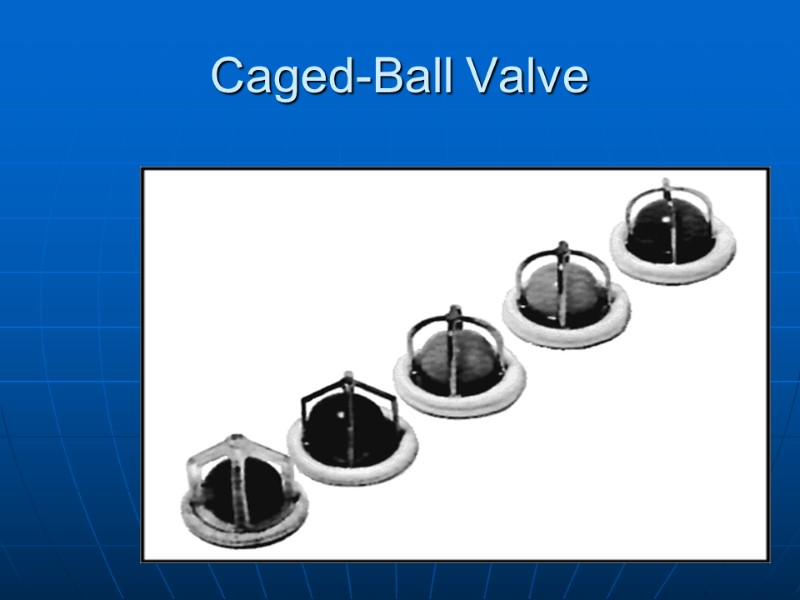
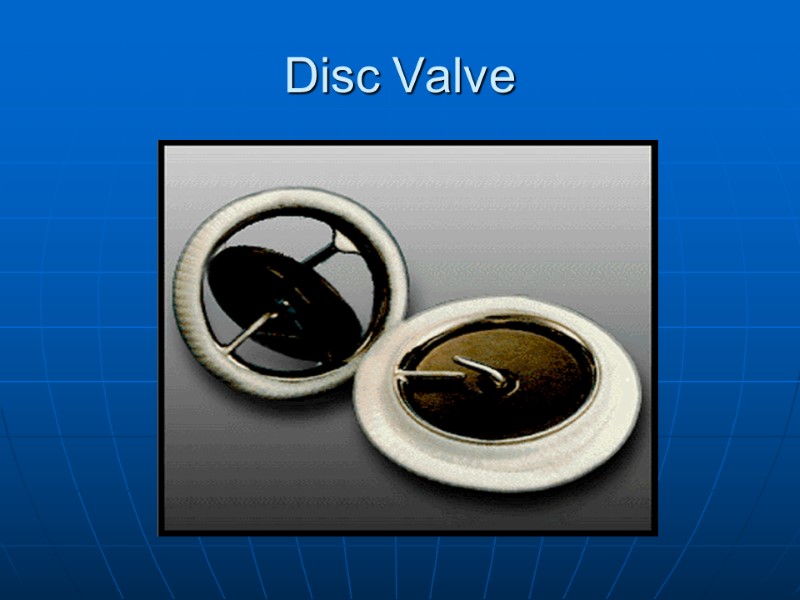
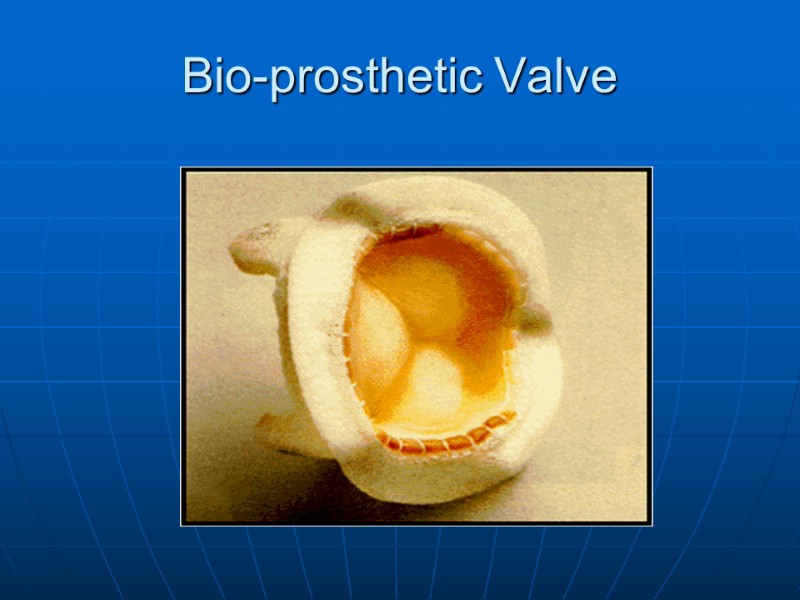
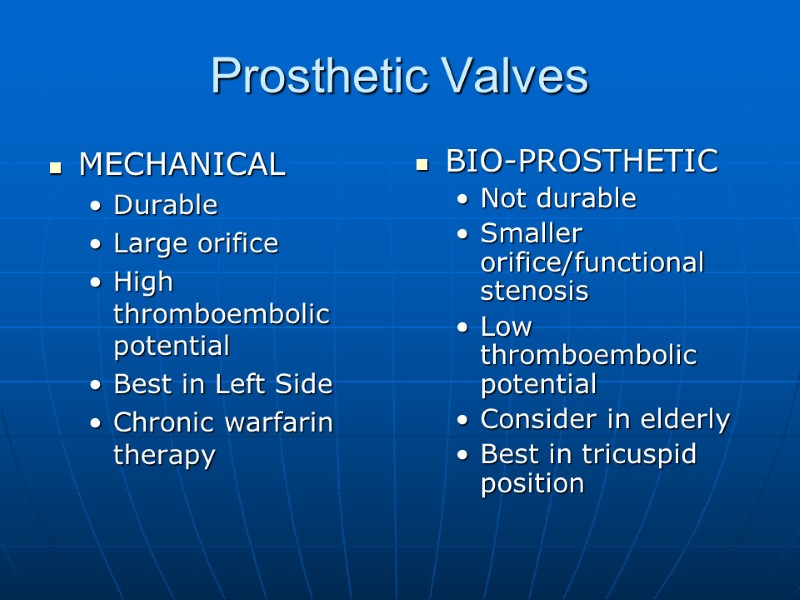
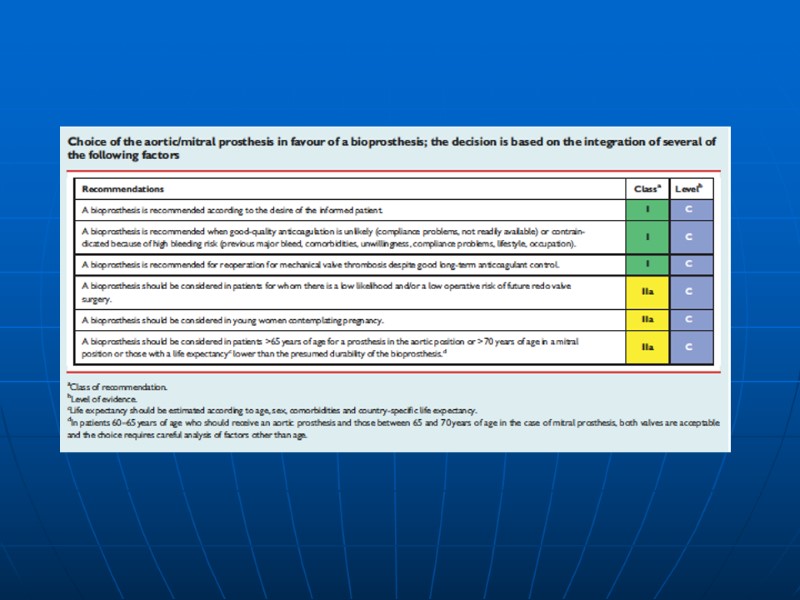
7740-aortic_stenosis.ppt
- Количество слайдов: 29
 Aortic Stenosis
Aortic Stenosis
 Aortic Stenosis Etiology Physical Examination Assessing Severity Natural History Prognosis Timing of Surgery
Aortic Stenosis Etiology Physical Examination Assessing Severity Natural History Prognosis Timing of Surgery
 Aortic Stenosis: Etiology Congenital bicuspid valve is the most common abnormality Rheumatic heart disease and degeneration with calcification are found as well Normal Bicuspid Ao V “Normal” geriatric Rheumatic calcific valve
Aortic Stenosis: Etiology Congenital bicuspid valve is the most common abnormality Rheumatic heart disease and degeneration with calcification are found as well Normal Bicuspid Ao V “Normal” geriatric Rheumatic calcific valve
 Bicuspid Aortic Valve
Bicuspid Aortic Valve
 Aortic Stenosis - Etiology Young or middle-aged patient (4 & 5th decades) think congenital or rheumatic Bicuspid 2% population 3:1 male:female distribution Co-existing coarctation 6% of patients Rarely Unicuspid valve Sub-aortic stenosis Discrete Diffuse (Tunnel) Old patient think degenerative (6,7,8th decades)
Aortic Stenosis - Etiology Young or middle-aged patient (4 & 5th decades) think congenital or rheumatic Bicuspid 2% population 3:1 male:female distribution Co-existing coarctation 6% of patients Rarely Unicuspid valve Sub-aortic stenosis Discrete Diffuse (Tunnel) Old patient think degenerative (6,7,8th decades)
 Aortic Stenosis: Symptoms Cardinal Symptoms Chest pain (angina) Reduced coronary flow reserve Increased demand-high afterload Syncope/Dizziness (exertional pre-syncope) Fixed cardiac output Vasodepressor response Dyspnea on exertion & rest Impaired exercise tolerance Other signs of LV failure Diastolic & systolic dysfunction
Aortic Stenosis: Symptoms Cardinal Symptoms Chest pain (angina) Reduced coronary flow reserve Increased demand-high afterload Syncope/Dizziness (exertional pre-syncope) Fixed cardiac output Vasodepressor response Dyspnea on exertion & rest Impaired exercise tolerance Other signs of LV failure Diastolic & systolic dysfunction
 Aortic Stenosis: Physical Findings Intensity DOES NOT predict severity Presence of thrill DOES NOT predict severity “Diamond” shaped, harsh, systolic crescendo-decrescendo Decreased, delay & prolongation of pulse amplitude Decreasing intensity of S2 S4 (with left ventricular hypertrophy) S3 (with left ventricular failure)
Aortic Stenosis: Physical Findings Intensity DOES NOT predict severity Presence of thrill DOES NOT predict severity “Diamond” shaped, harsh, systolic crescendo-decrescendo Decreased, delay & prolongation of pulse amplitude Decreasing intensity of S2 S4 (with left ventricular hypertrophy) S3 (with left ventricular failure)
 Aortic Stenosis: Physical Findings S1 S2 S1 S2 Mild-Moderate Severe
Aortic Stenosis: Physical Findings S1 S2 S1 S2 Mild-Moderate Severe
 Severity of Stenosis Normal aortic valve area 2.5-3.5 cm2 Mild stenosis 1.5-2.5 cm2 Moderate stenosis 1.0-1.5 cm2 Severe stenosis < 1.0 cm2 Critical stenosis < 0.7 cm2 Onset of symptoms 0.9 cm2 with CAD 0.7 cm2 without CAD
Severity of Stenosis Normal aortic valve area 2.5-3.5 cm2 Mild stenosis 1.5-2.5 cm2 Moderate stenosis 1.0-1.5 cm2 Severe stenosis < 1.0 cm2 Critical stenosis < 0.7 cm2 Onset of symptoms 0.9 cm2 with CAD 0.7 cm2 without CAD
 Diagnosis: Echocardiogram Etiology Valve gradient and area LVH Systolic LV function Diastolic LV function LA size Concomitant regional wall motion abnormalities Coarctation associated with bicuspid AV
Diagnosis: Echocardiogram Etiology Valve gradient and area LVH Systolic LV function Diastolic LV function LA size Concomitant regional wall motion abnormalities Coarctation associated with bicuspid AV
 Echocardiogram
Echocardiogram
 Doppler estimation of AVA
Doppler estimation of AVA
 Cardiac catheteriztion Gorlin Method Simplified: Hakke’s formula AVA=CO/(p-p gradient)
Cardiac catheteriztion Gorlin Method Simplified: Hakke’s formula AVA=CO/(p-p gradient)
 Low gradient AS Calculated AVA is < 1.0 cm2 , But… AV gradient is <30mmHg. Stenotic or not Stenotic?
Low gradient AS Calculated AVA is < 1.0 cm2 , But… AV gradient is <30mmHg. Stenotic or not Stenotic?
 Low gradient AS
Low gradient AS
 Aortic Stenosis: Prognosis Therapy: Valve replacement for severe aortic stenosis Operative mortality (elderly) ~ 4%/Morbidity ~ 3-11% Event rate in asymptomatic severe AS ~ 1%/year
Aortic Stenosis: Prognosis Therapy: Valve replacement for severe aortic stenosis Operative mortality (elderly) ~ 4%/Morbidity ~ 3-11% Event rate in asymptomatic severe AS ~ 1%/year
 Natural History of Aortic Stenosis Heart failure reduces life expectancy to less than 2 years Angina and syncope reduce life expectancy between 2 and 5 years Rate of progression @ 0.1 cm2/year
Natural History of Aortic Stenosis Heart failure reduces life expectancy to less than 2 years Angina and syncope reduce life expectancy between 2 and 5 years Rate of progression @ 0.1 cm2/year

 Operative mortality of AVR in the elderly ~ 4-24%/year Risk factors for operative mortality Functional class Lack of sinus rhythm HTN Pre-existing LV dysfunction Aortic regurgitation Concomitant surgical procedures:CABG/MV surgery Previous bypass Emergency surgery CAD Female gender
Operative mortality of AVR in the elderly ~ 4-24%/year Risk factors for operative mortality Functional class Lack of sinus rhythm HTN Pre-existing LV dysfunction Aortic regurgitation Concomitant surgical procedures:CABG/MV surgery Previous bypass Emergency surgery CAD Female gender
 AVR is recommended in symptomatic patients with severe AS (stage D1) with : Decreased systolic opening of a calcified or congenitally stenotic aortic valve; and An aortic velocity 4.0 m per second or greater or mean pressure gradient 40 mm Hg or higher; and Symptoms of HF, syncope, exertional dyspnea, angina, or (pre)syncope by history or on exercise testing.
AVR is recommended in symptomatic patients with severe AS (stage D1) with : Decreased systolic opening of a calcified or congenitally stenotic aortic valve; and An aortic velocity 4.0 m per second or greater or mean pressure gradient 40 mm Hg or higher; and Symptoms of HF, syncope, exertional dyspnea, angina, or (pre)syncope by history or on exercise testing.
 PARTNER Study Design N = 358 Inoperable Standard Therapy n = 179 ASSESSMENT: Transfemoral Access TF TAVR n = 179 Primary Endpoint: All-Cause Mortality Over Length of Trial (Superiority) 1:1 Randomization VS Symptomatic Severe Aortic Stenosis Primary endpoint evaluated when all patients reached one year follow-up. After primary endpoint analysis reached, patients were allowed to cross-over to TAVR. Severe Symptomatic AS with AVA< 0.8 cm2 (EOA index < 0.5 cm2/m2), and mean gradient > 40 mmHg or jet velocity > 4.0 m/s Inoperable defined as risk of death or serious irreversible morbidity of AVR as assessed by cardiologist and two surgeons exceeding 50%.
PARTNER Study Design N = 358 Inoperable Standard Therapy n = 179 ASSESSMENT: Transfemoral Access TF TAVR n = 179 Primary Endpoint: All-Cause Mortality Over Length of Trial (Superiority) 1:1 Randomization VS Symptomatic Severe Aortic Stenosis Primary endpoint evaluated when all patients reached one year follow-up. After primary endpoint analysis reached, patients were allowed to cross-over to TAVR. Severe Symptomatic AS with AVA< 0.8 cm2 (EOA index < 0.5 cm2/m2), and mean gradient > 40 mmHg or jet velocity > 4.0 m/s Inoperable defined as risk of death or serious irreversible morbidity of AVR as assessed by cardiologist and two surgeons exceeding 50%.
 All-Cause Mortality Landmark Analysis
All-Cause Mortality Landmark Analysis

 Prosthetic Heart Valves
Prosthetic Heart Valves
 Caged-Ball Valve
Caged-Ball Valve
 Disc Valve
Disc Valve
 Bio-prosthetic Valve
Bio-prosthetic Valve
 Prosthetic Valves MECHANICAL Durable Large orifice High thromboembolic potential Best in Left Side Chronic warfarin therapy BIO-PROSTHETIC Not durable Smaller orifice/functional stenosis Low thromboembolic potential Consider in elderly Best in tricuspid position
Prosthetic Valves MECHANICAL Durable Large orifice High thromboembolic potential Best in Left Side Chronic warfarin therapy BIO-PROSTHETIC Not durable Smaller orifice/functional stenosis Low thromboembolic potential Consider in elderly Best in tricuspid position


